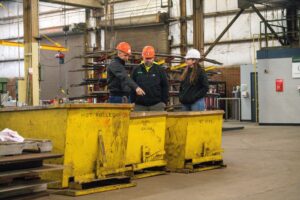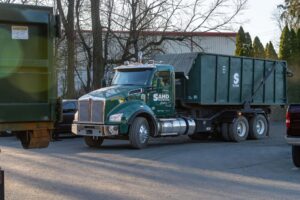Copper is the metal that gets the most attention, calls from scrappers, and interest in a scrap metal yard. The price of copper fluctuates by the minute, and many customers ask us if they should hold their metal for better pricing or sell it now. No one can ever truly answer that question with confidence, but understanding the many factors that go into how the price of copper is determined can give you the ability to spot upcoming trends.
Why Is Copper So Important To Our Society?
Copper is consumed worldwide, but the last few decades have been very China-focused on copper consumption. Because copper is one of the biggest metals used in infrastructure, the price is often tied to the overall economic performance of the world economy. If you think about what is all around us, when you look closer, you will see copper. Any wiring, plumbing, appliances, heating and cooling systems, and telecommunication systems are all very copper heavy. This includes wiring in a house or business for electricity, internet, communications systems, vehicles, and any power generation system.
Copper is a metal of the distant past and the key to our future. It was discovered in 9000 BC and was first evident in ancient society around 4000BC. The electric vehicle revolution and the entire grid that will power it will need massive amounts of copper to be used in the systems that will move us forward.
Recycling is the Key to Copper.
While we will never run out of the copper needed to power us, the cost of mining is very high from an expense and environmental point of view. Copper is infinitely recyclable, and is much cheaper to keep reusing the metal than to mine it. For this reason, copper and its alloys like yellow brass (70% copper and 30% zinc) are in high demand at scrapyards like ours.
US Dollar Up, Copper Price Down
Because copper is such a leading indicator of our economic strength and is purchased by many overseas buyers, the main factor in copper pricing usually has nothing to do with supply and demand. Copper is most impacted by the US dollar’s strength against other currencies, especially the Chinese yuan. One way to track the dollar’s strength is the US Dollar index https://www.marketwatch.com/investing/index/dxy. This measure of the strength of the dollar can be relatively stable or fluctuate wildly, often depending on how cheap we make our money (most accurately measured by the federal funds rate, the rate the Fed charges the banks for money which then gets passed onto the consumer as an interest rate.
In an era of cheap money, the US Dollar index is well below 100. For the past 14 years, we have been in this range with the Fed Funds rate near zero. As an example of the potential fluctuation, in September 2021, the US Dollar index was below 90. Today it sits above 110. The primary reason is that the Fed has finally moved up the Federal Funds rate and has signaled that they will raise it further. That is why the Federal Reserve meetings are so important to scrapyards and metal processors like us–they determine the direction of the dollar strength and, conversely, all commodity pricing.
The Federal Funds rate currently is 2.25%-2.5%, with forecasts of a landing spot around 5%. To get there will mean the economy will slow because the cost of money will rise. At the same time, China is looking at devaluing its currency to kickstart its economy. A move on the US side to tighten and the Chinese side to loosen causes the US dollar to spike and copper prices to go down.
As we continue in this money-tightening era, a caution from the past is in order. The US Dollar index peaked at 165 in 1985 during the Latin America currency crisis, which resulted from the Volker era Fed in the 1980s raising the Fed Funds rate to 20% at one point! The average price of copper that year was $.61 per pound! For perspective, copper is now $3.53 with the dollar index at 110.
So many scrappers often wonder why we focus so much on currency and the Federal Reserve actions–what they decide ultimately makes or breaks the copper pricing market and is the number one factor in whether prices go up or down.
Other Copper Price Fluctuation Factors
Copper prices can shoot up or down in the short term based on other factors. Any time there is a mining incident, strike, or shutdown, it can move the numbers in the short term and help you anticipate when a good time to sell is. International crises can also move metal prices if they happen in areas that are big in copper mining or processing or are big enough to slow down the entire supply chain. Health issues, most recently China’s zero-tolerance Covid policy, can shut down ports, industrial capacity, and manufacturing for weeks. As with this example, if it happens in the wrong area of the world, it can have a massive impact on the price of copper.
Seasonality can also come into play. Often times at the end of the year or quarter, commodity hedge funds will rebalance, which can often disrupt pricing. Like the covid shutdown, the annual Chinese New Year holiday can distort prices during a period of time because buyers are out of the market, and the first day back can be a big jump up or down.
How Can I Keep Track Of Copper Prices?
Sahd Metal Recycling posts pricing for customers every day at https://recycleyourmetal.com/scrap-metal-prices/. We will always negotiate for the quantity and quality of metals, but this benchmark can help you figure out the up-and-down nature of pricing. Kitco Metals http://www.kitcometals.com/ offers a free resource for copper, aluminum, and nickel pricing that can be a bit delayed but is also a good benchmark for general directional pricing. We ensure our industrial scrap customers have this resource at their fingertips so they can take our pricing formula for each copper-type commodity and always know a ballpark price for their metals before they even call for a pickup. We will confirm pricing, but it is a tool that puts the control of maximizing scrap value in the hands of our customers. The good old CNBC or Bloomberg ticker also highlights copper because it is a general gauge of the economy, and the ticker will report these prices in real-time.
What Are The Various Grades Of Copper?
We accept copper scrap in all forms, and pricing can vary significantly. On the top end of copper pricing is bare brite copper. It is also called shiny brite; it will be solid strands of copper, heavy but bendable and not hair wire. Brite orange only. Copper #1 can be bright orange hair wire, tubing without solder or brass fittings, or contamination. Copper #2 can be similar but will have paint, solder, and fittings connecting pipes and discolored hair wire-like motor windings free of tape. Sheet copper is roofing copper. Brass, as mentioned before, is generally 70% copper and 30% zinc and will be yellow or plated with yellow beneath the surface. Insulated copper wire can also vary widely by the amount of copper in each strand of wire; heavy #1 insulated commands a great price as it can be stripped for bare bright copper. Other Romex, THNN, and Cat 5 or data wire are categories we buy with varying levels of copper.
Other copper by-products include HVAC radiators with either aluminum fins on copper rods or copper fins on brass rods. Irony copper aluminum and copper aluminum radiators are very common components of air conditioning units and heating coils and are often recycled for a high price.
Mixed copper with steel grades includes electric motors, ballast, sealed units, and more.
Maximize The Value Of Your Copper
Keeping up on the trends in a general way can help you know when to buy or sell copper, and while not foolproof, these general guidelines can be very helpful. We love to give our customers as much information as possible so they can maximize the value of their metal and control when to buy or sell as they have our upfront formula pricing model. Paying attention to the US dollar’s strength, the Fed’s projected moves and the general geopolitical landscape can sharpen your skills and help you anticipate the next moves in copper pricing.












